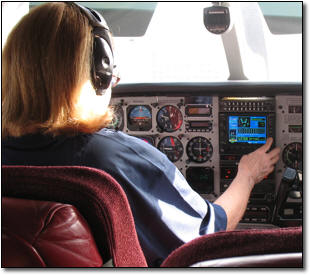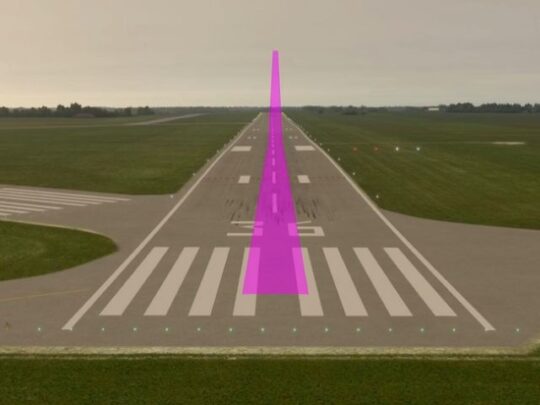Subscriber question:
"Flying IFR INTO an uncontrolled field with several aircraft in the pattern (Sporty's - I69), would like some discussion as to when to cancel IFR. You need to listen to CTAF while talking to approach and get a sense of where everyone is. The approach controller is not going to vector you into the pattern. When is his responsibility rescinded? You could remain IFR until touchdown while integrating with VFR traffic. From a legal point of view who is responsible?" - Steven B.
John Krug:
 “True, the Approach Controller is not going to vector an arrival into the pattern at a non-towered airport. The approach controller does not know nor is required to know the active runway or local traffic flows.
“True, the Approach Controller is not going to vector an arrival into the pattern at a non-towered airport. The approach controller does not know nor is required to know the active runway or local traffic flows.
If you are on an instrument approach, the controller should release communications to the CTAF in sufficient time for the pilot to obtain landing and traffic information. If you do not get the release in time, ask for a frequency change. If you have the capability to monitor two frequencies at the same time, you can do that also. Just be careful of missing transmissions on one or the other, or blocking someone’s transmissions.
The approach controller is only responsible for separation from other IFR traffic. The PIC is ALWAYS responsible for see and avoid when operating in VMC. Cancellation of IFR is strictly the PIC’s prerogative. If there is any question of weather, you can (and should) retain your IFR clearance until on the ground and then cancel.
However, there may be good reasons to cancel depending upon circumstances. For example somebody may be following you and cannot be cleared for the approach until you cancel your IFR clearance. Remember though that as soon as you cancel IFR, you lose all the search and rescue protections afforded an IFR aircraft. You are out of the system.
When you do go over to the CTAF, make sure that you report your position and intentions in a manner that is easy to understand. Reference it to the airport – not the IFR fixes that you may be flying over. Example: 27Q is over ZIPPO inbound. Nobody really knows where that is or how far away that is.
Traffic Mix – be aware that straight-in IFR traffic to a non-towered airport may conflict with patterns for VFR traffic, especially in reduced visibility conditions (broken or overcast ceilings, haze, etc.). This is the reason Class E surface areas have extensions built in to protect the final approach courses. This requires visibility and cloud clearance requirements for VFRs operating in close proximity to the airport to be at least basic VFR.
Make sure you use the correct CTAF. This requires current charts and flight information. Frequencies change at times. Double check your frequency selection. At a Towered Airport, if you inadvertently select the wrong frequency, you will not get an answer and know it is incorrect. At a Non-towered airport, you don’t have that feedback.
I had a situation once where I missed one digit 123.8 vs 122.8. I made all the calls in the pattern etc. As I was taxing in, the pilots of a large turboprop were waiting on the ramp and gave me a dirty look. The FBO said they never heard me call in. I went back out to the aircraft, looked at the panel again and saw that I had one digit off.”

